Results show selective breeding increases resistance, reduces mortalities
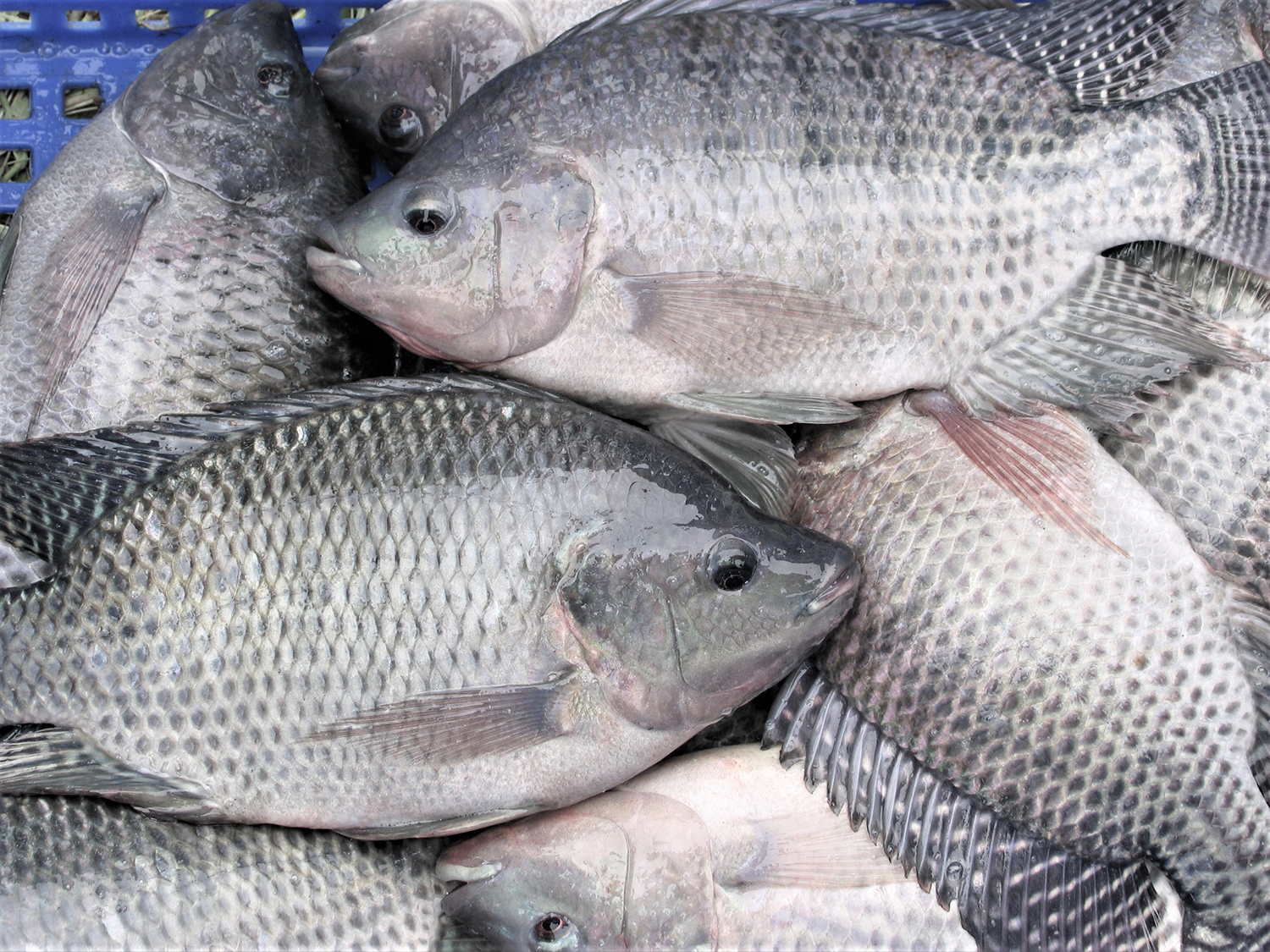
Nile tilapia (Oreochromis niloticus) is among the most important aquaculture species farmed worldwide, representing one of the major sources of animal protein for human consumption, particularly in developing countries in Asia, South America and Africa. However, as with other intensive production systems, infectious disease is one of the main issues threatening the success and sustainability of tilapia production.
A relatively new pathogen, the Tilapia Lake Virus (TiLV) has emerged as a major threat for Nile tilapia, and also for other farmed tilapias, including red tilapia and hybrid strains. Although the virus was discovered in 2014, it may have been responsible for mortalities since 2008-2009. To date, it has been identified in countries from different geographical regions and continents, including Peru, Ecuador, Malaysia, India, Thailand, Egypt and Uganda.
TiLV can cause high levels of mortalities, but these can vary substantially (ranging from 5 to 90 percent) in disease outbreaks, which are usually observed within the subsequent weeks post-transfer from hatcheries to grow-out ponds. After these outbreaks, it has been shown that surviving fish have a higher resistance to this infection to subsequent outbreaks suggesting some degree of resistance via acquired immunity.
Despite the serious consequences of TiLV-related infections, there are no published estimates of quantitative genetic parameters for resistance to TiLV, and its potential to be improved by selective breeding, and this is likely to be due to the current lack of a well-established and effective TiLV challenge model, although these have begun to be established.
This article – adapted and summarized from the original publication [A. Barría et al. 2020. Genetic parameters for resistance to Tilapia Lake Virus (TiLV) in Nile tilapia (Oreochromis niloticus). Aquaculture Vol. 522, 30 May 2020, 735126.] – estimated the levels of genetic variation for resistance to TiLV in a population of Nile tilapia from the Genetically Improved Farmed Tilapia (GIFT) strain, using data collected from a field outbreak of the disease.
The authors gratefully acknowledge funding from CGIAR and Institute Strategic Programme funding from BBSRC to The Roslin Institute (BB/P013759/1 and BB/P013740/1).
Study setup
The Nile tilapia population used in this study was from a major breeding program established in Malaysia and managed by WorldFish. This population originated from the GIFT strain and has been selected for improved growth rate for 15 generations. A total of 124 families were produced using 115 males and 124 females. To retain pedigree information, each individual was tagged with a Passive Integrated Transponder (PIT) tag at an average weight and age of 4.97 grams and 110.5 days, respectively. Once individuals reached typical harvest weight, their weight was recorded and the fish were then transferred to a single pond.
This population in the pond experienced a natural TiLV outbreak in February 2018; and survival or mortality data were obtained from a total of 1,821 fish from this single pond, and this formed the basis of the trait of TiLV resistance. An average of 14 fish (ranging from 2 to 21) per family were measured for TiLV resistance. Fish were collected until the mortality curve had stabilized, i.e. mortalities had returned to baseline levels. Sex was identified for all fish, with a male:female ratio of 0.74:1.00. Surviving fish were euthanized with clove oil (400 mg/liter). Necropsy assays were performed on a number of randomly selected dead fish to evaluate the cause of death and corroborate with the observed clinical signs of the disease. To confirm the presence of TiLV, spleen samples were obtained from a random sample of 39 individuals and analyzed.
For trait definitions, resistance to TiLV was defined as binary survival (BS) and time to death (TD). For the former, survivors and dead fish were assigned values of 1 and 0, respectively. In case of TD the values ranged from 1 (first day of observed moralities) to the last collection day (19). Survivor fish were assumed as censored data and each assigned the value of 18 or 19 days based on the sampling day.
For detailed information on the study population and the Tilapia Lake Virus outbreak; trait definitions; data acquisition; heritability and genetic correlations; model comparisons; and statistical analyses, please consult the original publication.
Results and discussion
Throughout the TiLV outbreak, clinical signs typical of TiLV infection – including skin erosion, hemorrhage and damage on the base of the pectoral and anal fin – were observed by a qualified veterinary expert. The presence of TiLV was confirmed in 73.5 percent of the analyzed samples (n = 25). All 16 mortalities tested were positive for TiLV, while nine survivors were positive and nine survivors were negative for the virus.
An average mortality rate of 56 fish per day was observed during the first five days of mortalities due the outbreak. This mortality rate had a peak of 128 dead fish at day 10 after the first mortality was collected. After this, mortality rate declined to seven fish per day four days later. During the last two days of data and sample collection (18th and 19th after the first mortality was registered) no mortalities were observed. The total cumulative mortality in the entire naturally exposed population (n = 1821) at the end of the TiLV outbreak was 39.6 percent. Furthermore, following assignment of mortalities and survivors to family using the PIT tags, a high between-family variation in mortality level was observed, ranging from 0 to 100 percent. (Fig. 1), suggestive of additive genetic variation in resistance. A cox proportional hazard model estimates no significant difference in mortality rate between sexes (p = 0.529).
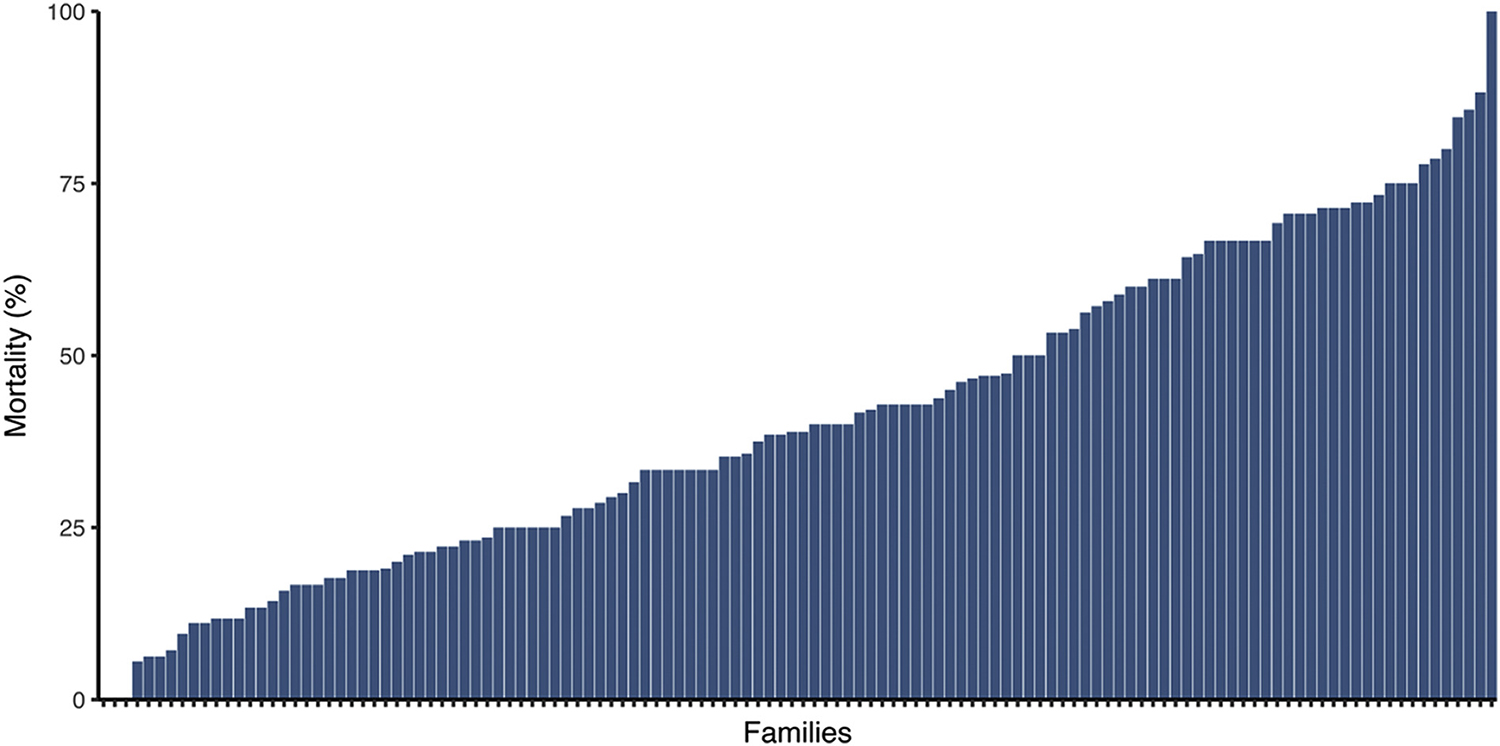
Regarding phenotypic variation, at tagging, fish had an average weight of 4.97 grams, with a minimum and maximum weight of 1.20 and 19.0 grams, respectively. Fish were transferred to the facilities where the TiLV outbreak was observed at an average weight of 280.5 grams, ranging from 129.2 to 467.8 grams, while the mean length was 19.1 (SD = 1.23) cm. At the time of transfer, the age of fish varied from 188 to 263 days, with an average of 216.4 days. The time to death ranged from day 1 to 17, with an average of 9.97 days. Therefore, the TD distribution was right skewed with only 720 animals (39.6 percent; i.e. the mortalities) having a value ≤ to 17, with the remainder being survivors, which were assigned a value of 18 or 19, based on the sampling day. The distribution of frequencies for the traits of HW, HA, BS and TD is shown in Fig. 2.

Results for estimated heritabilities and genetic correlation showed that significant additive genetic variation was estimated along the different models for both resistance traits in the current Nile tilapia population. The estimated heritability values on the observed binary scale were identical between animal and sire-dam models (0.40 ± 0.06), equating to an estimated heritability of 0.63. Other models resulted in similar estimated heritabilities of 0.56 (0.08) and 0.48 (0.07), respectively. For resistance defined as TD, heritability was 0.23 (0.05) and 0.24 (0.05) for the two models used.
Moderate and significant heritability was estimated for harvest weight (0.41 ± 0.06). In addition, there was no evidence of a genetic correlation between harvest weight (HW) and resistance to TILV. No significant common environmental effect was detected for either TiLV resistance or harvest weight.
Tilapia Lake Virus (TiLV) has been a significant source of morbidity and mortality in various farmed Nile tilapia populations around the world and is currently a major barrier to sustainable and profitable tilapia aquaculture. Our results indicate that host resistance to TiLV was significant and high in a Nile tilapia breeding population with GIFT origin, using data collected during a field outbreak. These results highlight the significant potential of harnessing selective breeding to improve host resistance to TiLV in farmed Nile tilapia populations.
The detection of significant additive genetic variation for resistance to TiLV and the estimation of high heritability values is consistent with findings from other important infectious diseases in aquaculture species. Furthermore, the higher heritability estimated with threshold models than with linear models are in accordance with previous findings, as are the high genetic correlation (0.95) between both resistance trait definitions highlighting that both binary survival and days to death are genetically the same trait using the methodology of the current study.
Although high selection accuracy was estimated for TiLV resistance, selection of individuals based on the pedigree data is less accurate than when genomic data is available, as has been demonstrated on other farmed aquaculture species for growth-related traits and for disease resistance by means of genomic selection. The use of other, newer technologies will most likely help to increase the selection response for this disease in the current breeding population by increasing the accuracy of selection and therefore reduce the mortalities ascribed to TiLV.
Moderate and significant genetic variation was also identified for harvest weight in the current study, which agrees with previous results in tilapia populations. Previous studies have shown different results in terms of genetic correlation between growth-related traits and disease resistance. The genetic correlations vary from negative, not different from zero to positively correlated, depending on the age of the fish and the growth trait under study (i.e. body length, early growth rate, weight at harvest). The fact that the genetic correlation between HW and resistance to TILV found in the current study is not different from zero, suggests the feasibility of improving both traits independently and that selective breeding for TiLV resistance will not have a negative impact on weight at harvest, or vice versa.
Perspectives
We conclude that resistance to TiLV as measured by survival during a field outbreak has a significant and high heritability. These results highlight that genetic improvement of TiLV resistance is feasible in a Nile tilapia breeding population. However, for this trait to be included routinely into breeding programs, a reliable disease challenge model would be particularly useful, and assessing the genetic correlation between survival in an experimental and a field challenge would be highly informative.
Nonetheless, the results herein are highly encouraging for the use of selective breeding to help tackle one of the primary disease concerns for tilapia aquaculture globally. Future studies will be needed to evaluate the genetic architecture of host resistance to TiLV, and to evaluate the possibility of marker-assisted or genomic selection to advance the breeding of tilapia strains with improved resistance to the virus.
References available from the original publication.
Now that you've reached the end of the article ...
… please consider supporting GSA’s mission to advance responsible seafood practices through education, advocacy and third-party assurances. The Advocate aims to document the evolution of responsible seafood practices and share the expansive knowledge of our vast network of contributors.
By becoming a Global Seafood Alliance member, you’re ensuring that all of the pre-competitive work we do through member benefits, resources and events can continue. Individual membership costs just $50 a year.
Not a GSA member? Join us.
Authors
-
Agustin Barría, Ph.D.
The Roslin Institute and Royal (Dick) School of Veterinary Studies
University of Edinburgh Easter Bush
EH25 9RG Midlothian, United Kingdom -
Trong Quoc Trinh, Ph.D.
WorldFish
Jalan Batu Maung, Batu Maung, Bayan Lepas, 11960 Penang, Malaysia -
Mahirah Mahmuddin
WorldFish
Jalan Batu Maung, Batu Maung, Bayan Lepas, 11960 Penang, Malaysia -
John A.H. Benzie, Ph.D.
WorldFish
Jalan Batu Maung, Batu Maung, Bayan Lepas, 11960 Penang, Malaysia; and
School of Biological Earth and Environmental Sciences
University College Cork
Cork, Ireland -
V. Mohan Chadag, Ph.D.
WorldFish
Jalan Batu Maung, Batu Maung, Bayan Lepas, 11960 Penang, Malaysia -
Prof. Ross D. Houston, Ph.D.
Corresponding author
The Roslin Institute and Royal (Dick) School of Veterinary Studies
University of Edinburgh Easter Bush
EH25 9RG Midlothian, United Kingdom
Tagged With
Related Posts
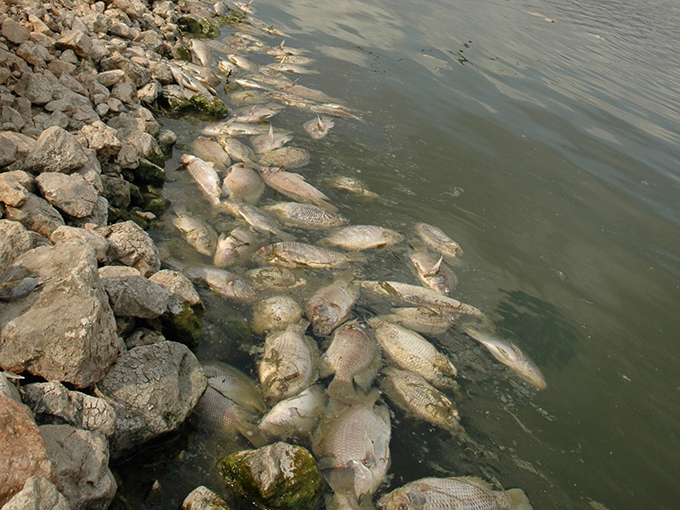
Health & Welfare
Sizing up TiLV and its potential impact on tilapia production
An international research effort has commenced to find a solution for Tilapia Lake Virus (TiLV), a contagion causing high rates of mortality in farmed and wild tilapia stocks in Israel, Colombia, Ecuador, Egypt and Thailand.
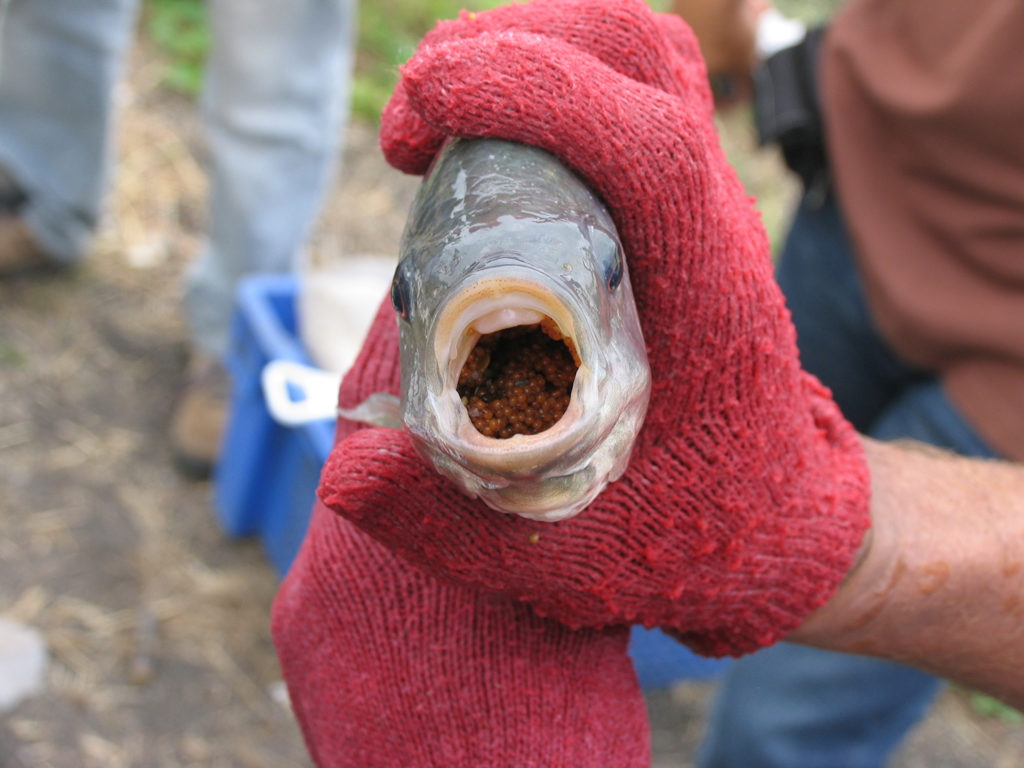
Health & Welfare
Experimental transmission of Tilapia Lake Virus in broodstock
Study evaluates the experimental transmission of Tilapia Lake Virus (TiLV) from tilapia broodstock to their reproductive organs and fertilized eggs.
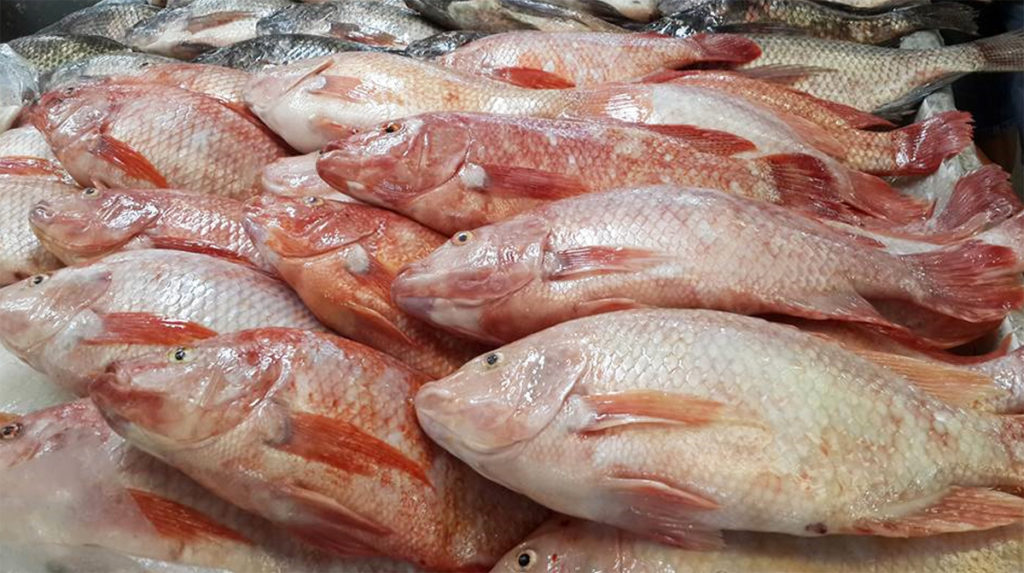
Health & Welfare
Evaluating effects of organic acids in Nile tilapia feed
A study tested the effects of a commercial product that includes three organic acids incorporated into a commercial feed for Nile tilapia fingerlings.
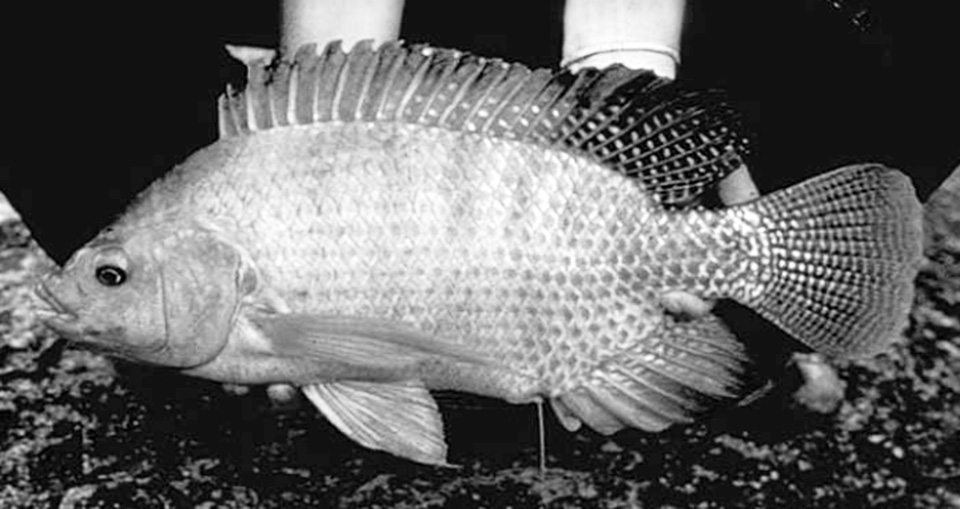
Health & Welfare
‘Super male’ Nile tilapia outperform hormone-reversed fish in Nicaragua
A recent study compared the growth and survival at different salinity levels of “super male” (YY) tilapia with normal sex O. niloticus reversed to 100 percent phenotypic males.



